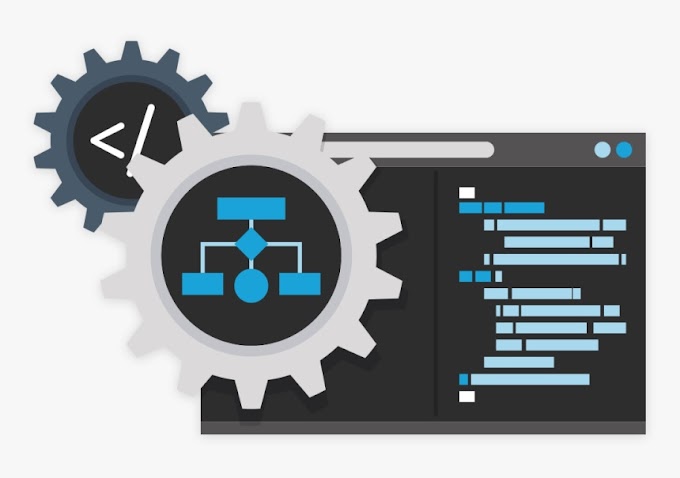Showing posts with the label continuous integrationShow all
Adaptive Software Testing Strategies for Agile and DevOps Environments
Vipul Baibhav
August 01, 2024
Adaptive Software Testing refers to the dynamic and flexible approach to qu…
Read moreThe Role of Testing in DevOps: Best Practices and Techniques
Vipul Baibhav
July 21, 2024
Recent surveys underscore the critical importance of testing within DevOps me…
Read moreQuality Testing in Agile Development: Strategies for Continuous Improvement
Vipul Baibhav
July 21, 2024
Agile development methodologies have revolutionized the software industry b…
Read moreIncorporating Continuous Integration and Continuous Testing into Your Workflow
Vipul Baibhav
April 12, 2023
Continuous integration and continuous testing (CI/CT) are essential componen…
Read moreBest Practices for Test Automation: Building a Successful Test Automation Strategy: Key Considerations
Vipul Baibhav
April 12, 2023
Test automation can help software development teams streamline their testin…
Read moreSubscribe us
Popular post
Total Pageviews
Follow us on Facebook
Designed with by Way2Themes | Distributed by Blogger Themes










Social Widget